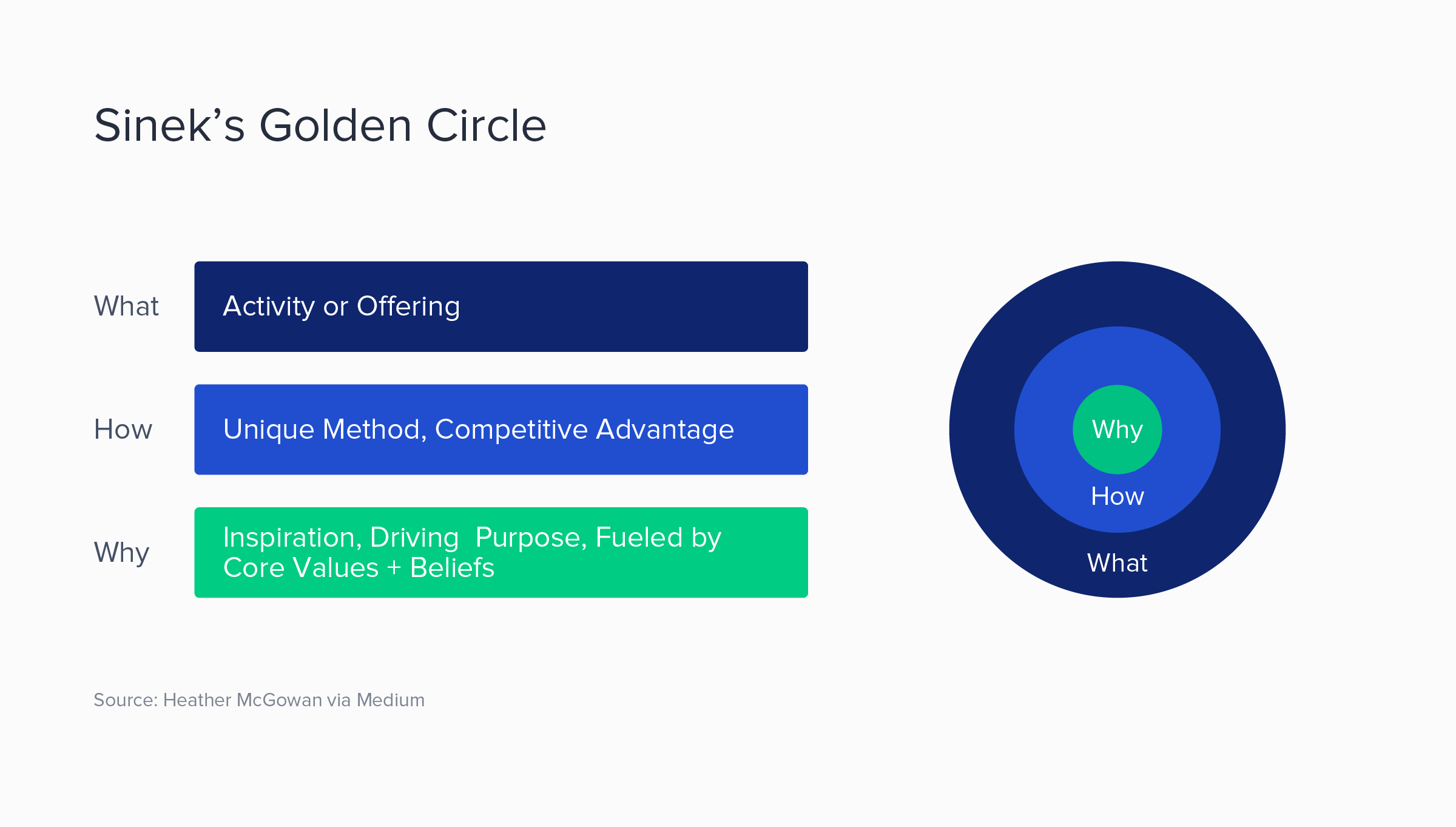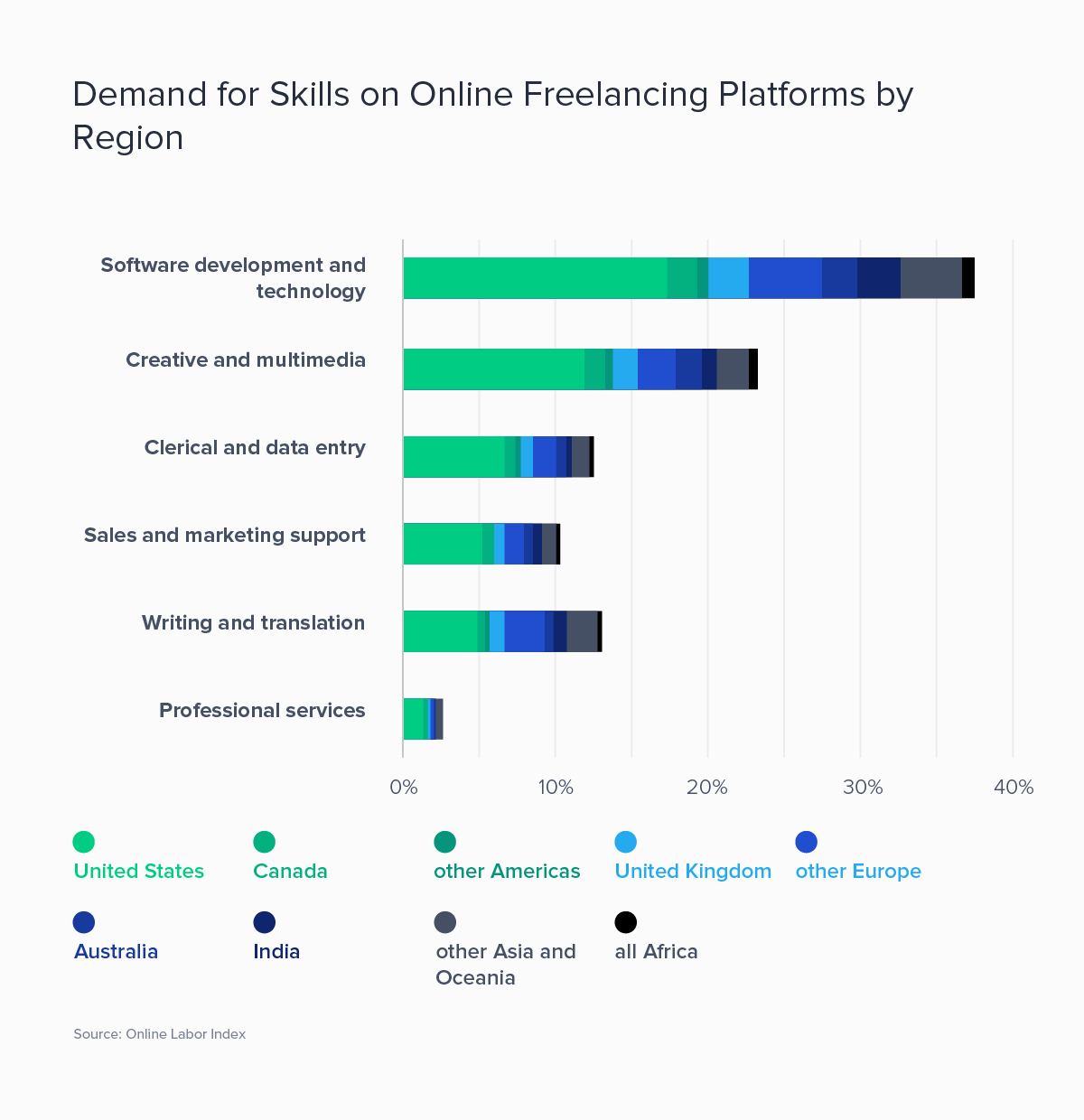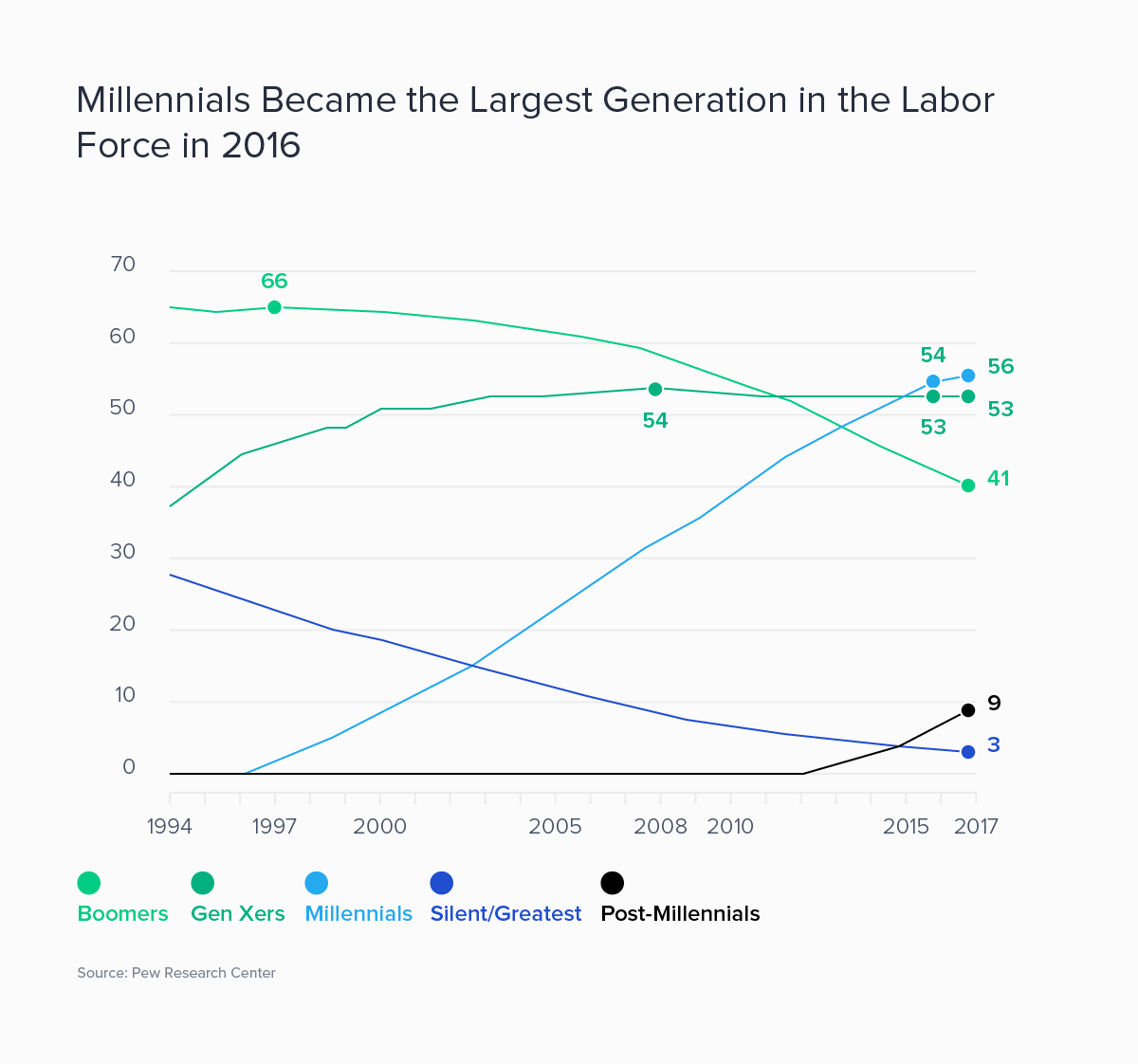How to Create a Thriving Freelance Program: Know Your Why
authors are vetted experts in their fields and write on topics in which they are extremely knowledgeable. All of our content is peer reviewed and validated by world-class professionals.

Savvy companies are adapting to global workplace transformations by engaging new talent pools, especially freelancers and remote talent. Yet many organizations fail to engage freelancers with a comprehensive, strategic approach. The decision to leverage freelancers raised fundamental questions about what work an organization does and who completes it. How can a company create a powerful freelance program? Start with Why.
In this two-part series, we’ll explore the importance of starting with Why, the macro trends driving the importance of freelance forward, and a step-by-step guide to kickstarting a successful freelance program.
Know Your Why
People don’t buy what you do; they buy why you do it.
– Simon Sinek
Simon Sinek—author of the classic Start with Why—makes a critical delineation between not-for-profit organizations and for-profit companies, noting that for-profits tend to be really good at How but extremely weak when it comes to Why. For-profits have a tendency to prioritize processes and efficiencies and other components of their north star. Unfortunately, freelance programs are often incorporated into an organization like a tool or process, and this sets them up for failure. Instead, organizations (either for-profit or not) should consider how a freelancing program aligns with their Why. From there, the How (a unique method or a competitive advantage) and What (activity or offering) slide neatly into place.

A company’s Why imbues it with a sense of purpose, and the freelancers you hire will most certainly pick up on that. It’s as crucial for freelancers to feel inspired by purpose and mission as any other stakeholders in the organization. How will your company ensure that freelancers are aligned with your Why? Based on that Why, what work should be done by full-time employees and how do freelancers fit in? Can purpose-focused work be completed only by full-time staff? Only by first understanding the organizational Why can these questions be answered.
According to Rory Spanier, a CCWP (Certified Contingent Workforce Professional) and Client Partner at Toptal: “Organizations need to be purposeful with the approach they take to freelancing and not just roll it into traditional staffing programs.”
Regardless of how a company chooses to utilize the freelance workforce, one element is definitely clear: The benefits of hiring freelancers are only becoming more numerous.
The Growing Importance of Freelancing
Before delving too deeply, we must first define the term freelancer, which Cambridge Dictionary defines this way:
Freelancer: Anyone that works in a nontraditional employee-employer relationship with the intention of going into and out of a project efficiently to accomplish a specific objective.
Freelancers differ from gig workers. Gig workers provide commoditized services such as ride-sharing through companies like Uber or Lyft, or delivery through Postmates or Doordash. Another distinction concerns the relationship involved in the gig and freelancing models. In a gig arrangement, the employer has a relationship primarily with a platform. With freelance arrangements, the relationship is with the talent but facilitated by a platform. Freelancers drive the Talent Economy, offering specialized, clearly delineated skills. Anyone with a car and a decent driving record can be a gig worker for Uber, but only those with an expert skill set can be considered part of the Talent Economy.
Freelancing has the most maturity in technology and creative spaces such as software development and multimedia design. Recently, that model is more readily applied to other fields too. Nomad Health now provides a platform for finding and hiring freelance health professionals, and Kolabtree does the same for freelance scientists. Freelancing platforms for finance and even lawyers have sprung up. As the Online Labor Index graph shows, demand for freelance talent is growing across many skill sets.

Macro Shifts: The Gold Watch Era Is Over
Not that long ago, there were unwritten but widely accepted “rules” defining employer-employee relationships. Employees understood that by working hard and being loyal, their company would offer rewards such as perks, benefits, and job security. For those that made it all the way to retirement, they could even receive a gold watch. Because of these implicit relationship rules, employees often stayed with one company throughout their careers.
Over the past two decades, the rules have changed. The Bureau of Labor and Statistics shows that the average employee tenure is now 4.2 years, and for employees between the ages of 25 and 34, that number is just 2.8 years.
One reason for this shift is the rising cost of perks and benefits. To stay competitive, many companies had to scale back on pension plans, health benefits, and other rewards that used to keep employees stationary. Another reason is the economy. The recent recession was long and difficult. Many companies had to resort to laying off employees in order to stay afloat. These actions were like a breach of contract for those that had worked hard and were aiming for the gold watch.
During this same time, there have also been demographic changes within the workforce. Baby boomers—who currently make up about a quarter of employees—are turning to freelance in record-high numbers, turning to freelance in order to:
- Earn extra money
- Increase retirement savings
- Ease into retirement
Although a large demographic, baby boomers are no longer the largest generation in the labor force. Millennials now make up one-third of those working, and 4 out of 5 of them prefer freelance work to full-time opportunities.

Spanier believes that millennials gravitate toward freelancing because they have grown up with technology at their fingertips. “It’s a natural progression to wonder why they would want to sit in traffic to do a 40-hour-a-week job and complete the same, repetitive tasks day over day, month after month, every year, when everything else is on-demand.”
Millennials agree, citing a host of reasons: pay, flexibility, a better work/life balance, and the ability to: use a wider range of skill sets, make use of connections, incur less risk through multiple income streams, and have the final say over what kind of company culture and politics they will or will not accept. Just as importantly, Gen Z numbers are even greater.
These demographic changes prove freelance work is not a fad but a trend that is here to stay. The power is eroding from companies dangling gold watches and into the hands of employees with distinct wants and needs.
With the crucial understanding provided above in mind, it’s time to take action. In Part Two, we outline a four-step process for successfully incorporating a freelance program in your organization.
